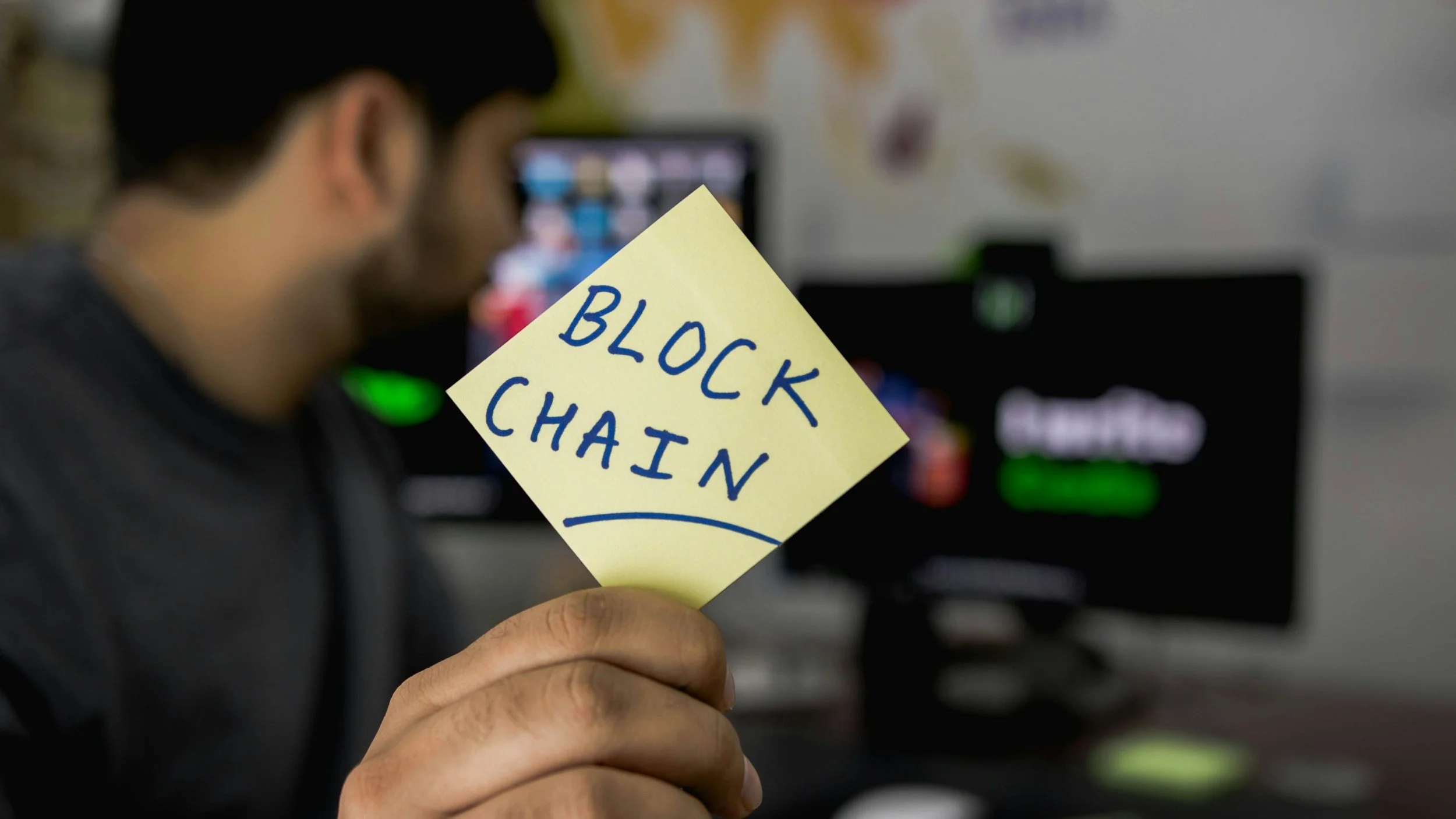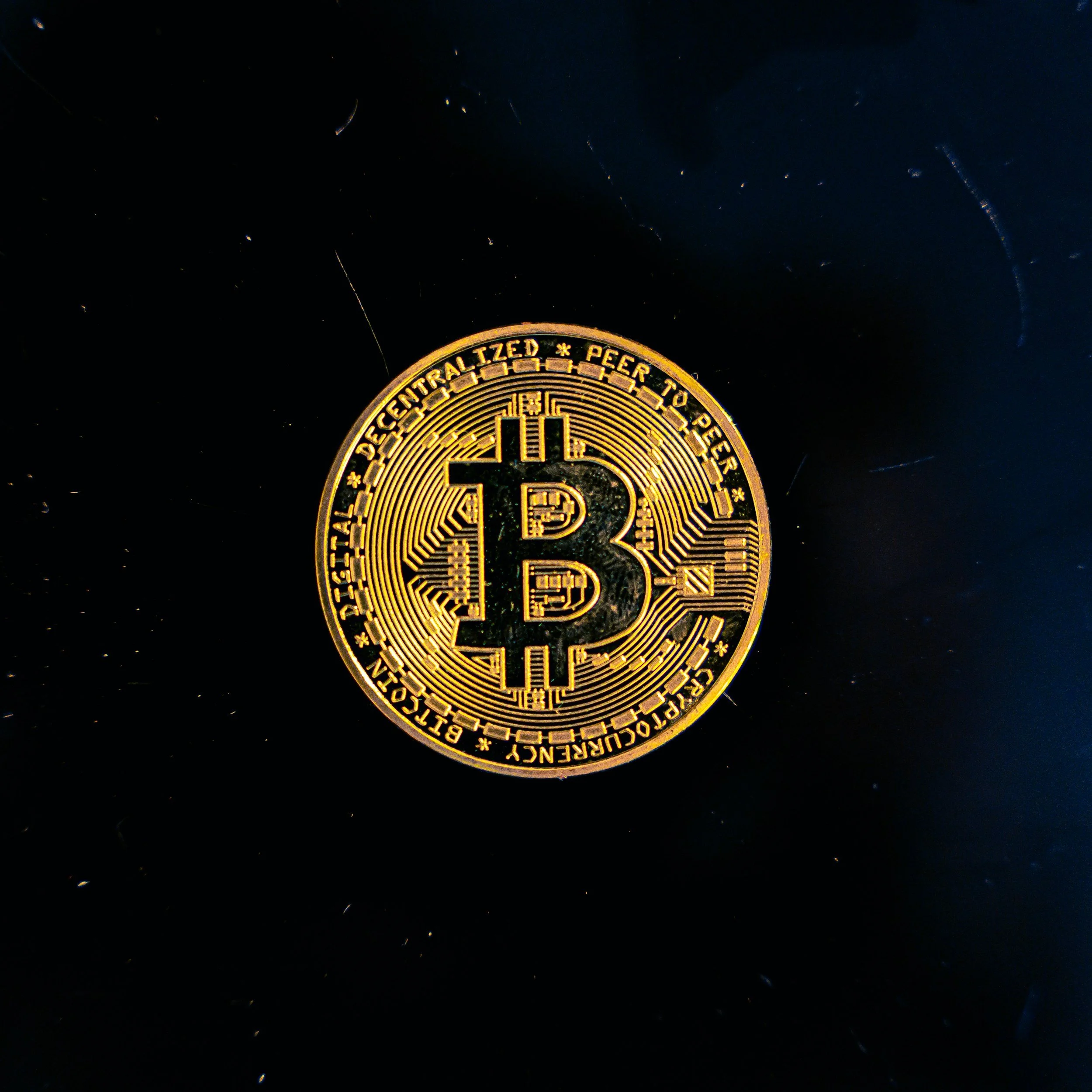Blockchain for Proof of Reserve: How It's Revolutionizing Lender and Investor Confidence
Trust is the central tenet of finance. As a sophisticated investor or lender, you are confident that the institution that holds or uses your capital has enough reserves to cover its obligations. Yet, history is full of disastrous failures of this faith, from the financial crisis of 2008 to the more recent collapse of FTX.
The common thread? Opacity. Traditional audits are time-consuming, periodic and can be gamed. They are a time-based perspective, and they are not real-time financial health.
A technological revolution is being made to solve this problem from centuries. Blockchain for Proof of Reserve (PoR) is fast becoming the new industry standard for financial transparency that provides lenders and investors with a degree of verifiable, real-time certainty that was previously unattainable.
What is Proof of Reserve in Blockchain? The End of "Trust Me"
In the easiest terms, it is a cryptographic audit trail that can prove, at any time, that a financial institution (bank, lender, custodian, etc.) holds the assets it says it does in total.
Here’s how it works:
The Public Ledger: The institution's liabilities (what it owes to depositors and investors) and assets (its reserves) are all accounted for on a public and transparent ledger of all transactions on a blockchain.
Cryptographic Proof: Through complex cryptography, the institution can demonstrate that it has enough reserves to cover its liabilities without showing sensitive customer information.
Real-Time Verification: This proof can be viewed by an investor, a regulator, a partner, or anyone at any time of the day without any intervention. Quarterly and annual waiting periods are no longer used.
This is the basis of the consensus mechanism we all operate under, and the mechanism for maintaining the trouble-free nature of the blockchain - a decentralized consensus that makes it computationally impossible to commit fraud.
How Can Blockchain Revolutionize Auditing? From Snapshot to Live Stream
The traditional audit is a monumental, expensive, and backward-looking effort. Blockchain PoR transforms this process entirely.
How can blockchain revolutionize auditing?
From Periodic to Continuous: Instead of point-in-time verification, auditors can track the institution's solvency in real-time while applying their talent towards risk and control verification rather than manual verification for fact checking.
From Sampled to Comprehensive: Auditing no longer requires the sampling of transactions They can be cross-verified by the entire dataset on the blockchain, and so are 100% covered.
Dramatically Reduced Costs & Time: Automation of the core verification process slashes the cost and time required for a traditional audit.
The Tangible Benefits for Lenders and Investors
For the clients of Ascendant Globalcredit Group, this isn't just a tech trend; it's a fundamental risk mitigation tool.
Unprecedented Transparency & Trust: Before allocating capital to a private credit fund or a lending platform, you can independently verify its claimed assets under management (AUM) and capital reserves. This eliminates counterparty risk at its source.
Near-Instant Risk Assessment: Due diligence cycles are shortened from weeks to minutes. You can make faster, more confident investment decisions with verifiable data.
A Stronger Financial System: As more institutions adopt PoR, the entire financial ecosystem becomes more resilient, reducing systemic risk and protecting your portfolio from black swan events caused by institutional failure.
The Connection to the Broader Financial Revolution
Blockchain PoR is a critical application within a wider movement.
Intermediate, what does DeFi stand for? It stands for Decentralized Finance. PoR is a bridge, bringing the core DeFi principle of "don't trust, verify" into the traditional (TradFi) world.
How to invest in DeFi is a common question, but the volatility and complexity are barriers for many. PoR makes the infrastructure of TradFi more like DeFi—transparent and secure—without forcing investors into purely speculative digital assets.
This aligns with the core thesis of the DeFi revolution: the future of the financial system, why DeFi changes everything—which is that transparency and disintermediation create a more efficient and fair system.
Conclusion: The New Non-Negotiable for Institutional Trust
The days of blind faith in financial statements are coming to an end. The future is for verifiable real-time proof. Blockchain for Proof of Reserve is not such a niche concept for crypto nerds, but is fast becoming a baseline requirement for any institution that wishes to attract capital from discerning, sophisticated investors.
When it comes to family offices and HNWIs, it is the ultimate in fiduciary duty to demand PoR from your fund managers and banking partners. It is the tool with which you can "look under the hood" at all times to ensure that your capital is as secure as you've been led to believe.
At Ascendant Globalcredit Group we are committed to identifying and partnering with institutions that are proponents of this new standard of transparency. We believe that the future of private credit and institutional investing is not just about yield, but about verifiable security.
Ready to invest with institutions that offer more than just promises? Contact us to learn how our due diligence process incorporates next-generation transparency checks to safeguard your capital.
-
Beyond Proof of Reserve, blockchain is set to revolutionize settlements (making them instant), cross-border payments (making them cheap and fast), and the issuance of traditional assets like stocks and bonds (via tokenization). It introduces a new paradigm of efficiency, security, and transparency.
-
This is a less common term, but it generally refers to a layered security model where one blockchain (or protocol) verifies the security and validity of another. In the context of PoR, you could think of the cryptographic proof itself as the "proof," and the network of independent validators who confirm it as the "proof of that proof."
-
A blockchain is a distributed digital ledger. Transactions are grouped into "blocks." Each block is cryptographically linked to the one before it, forming a "chain." This ledger is not stored in one location but is copied and spread across a network of computers. How does block network work to stay secure? Any attempt to alter a record would require changing all subsequent blocks and gaining control of most of the network, making it practically impossible to tamper with.



